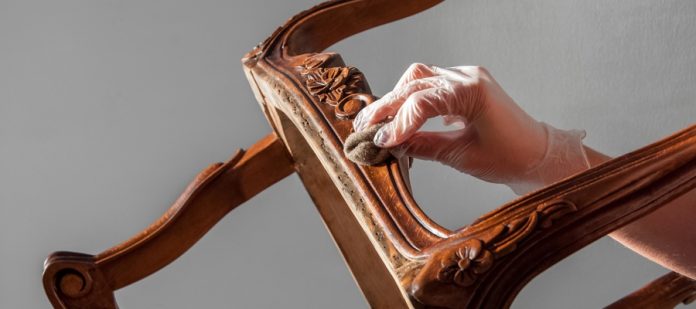That old wooden rocking chair from your grandmother or the sturdy oak table you found at a local market holds more than just practical value; it holds memories. Over time, even the most cherished pieces start to show their age.
Recognizing the early signs of wear can help you decide when it’s time for a little TLC to bring your furniture back to life. These are the signs your wood furniture is ready for restoration that you shouldn’t ignore.
Visible Scratches and Dents
One of the most obvious signs that your furniture needs attention is the presence of surface damage. Daily life happens, and with it come scratches, dings, and dents.
While minor marks are a normal part of a piece’s history, deep gouges or a surface covered in countless small scratches can detract from its beauty. If a simple polish no longer hides the imperfections and the damage is noticeable from a distance, restoration can smooth the surface and restore its original charm.
Dull or Damaged Finish
A piece of wood furniture’s finish does more than just make it shine; it protects the wood underneath from moisture, spills, and everyday wear. You can tell a finish is failing if the surface looks dull, feels sticky, or has a cloudy or hazy appearance.
Another clear sign is when water leaves a white ring that doesn’t fade. This indicates moisture is penetrating the protective layer. Restoring the finish revitalizes the furniture’s appearance and provides a crucial defense against further damage.
Unstable Joints and Wobbliness
Does your chair creak every time you sit down? Does your table wobble when you lean on it? Loose joints are a serious problem that only gets worse over time. Wood can shrink and expand with changes in humidity, causing the glue in the joints to fail and components to loosen.
You can expect from solid wood furniture some minor shifts, but significant wobbling is a structural issue. A professional restoration can secure these joints and make sure the piece is safe and stable for many more years of use.
Signs of Discoloration or Fading
Exposure to sunlight and age can cause the color of your wood furniture to change. You might notice that one area is significantly lighter than another, especially if it has been sitting near a window.
Sometimes, the original stain can fade unevenly, creating a blotchy or tired look. While some patina adds character, significant discoloration can make a piece look neglected. Refinishing can correct these color inconsistencies and bring back the rich, even tone of the wood.
Wood furniture restoration is a wonderful way to preserve family heirlooms and give well-loved pieces a new lease on life. If you notice any of these signs, it might be time to consider a restoration project. It’s a practical investment in preserving the beauty and function of your furniture, ensuring you can enjoy it for generations to come.

























